I have set out for you below, an article by Mary Corbet from her website regarding her “discovery” of the designer of the Loreto Embroideries. If you are interested in ecclesiastical embroideries, then you will find this article quite fascinating.
In it, Mary explains that, while exploring the work of one Ezio Anachini in relation to illustrations of Dante’s Divine Comedy, she saw his postcard illustrations depicting the titles of the Blessed Virgin in the Litany of Loreto. By comparing these illustrations to the embroideries she is of no doubt that it was Anachini’s illustrations which inspired the Loreto Embroideries.
Take a look at Mary’s reasoning in her article here and see if you agree:
I want to take you on a little exploratory excursion into the art and illustration behind a famous collection of embroidered panels. Being rather the curious sort, I tend to fall into little rabbit holes when I start exploring, and sometimes, the results can be rather serendipitous!
In 2015 and 2016, the Royal School of Needlework (RSN) made their collection of ecclesiastical embroideries available to public view through the exhibit For Worship and Glory.
If you were fortunate enough to see the exhibit in person, lucky you! For those of us who weren’t, the catalog of the exhibit is still available here through the Royal School of Needlework.
It’s a beautiful catalog, and worth adding to your collection if you are keen on ecclesiastical or historical embroidery. It covers many items in the exhibit, besides the Loreto embroideries.
The Loreto embroideries held by the RSN have always enchanted me. I’ve mentioned them several times here on Needle ‘n Thread, and I’ve collected pretty much every printed bit from the RSN about them.
Over the years, the RSN offered different printed images of the Loreto embroideries – from postcards to greeting cards, a booklet, and lately, this exhibition catalog, which I think shows off the embroideries beautifully.
Since little seems to be known about the Loreto embroideries and who designed and executed them, I’ve always kept my eye out for similar works, hoping to find the artist connection. Someone had to draw them, after all.
The RSN acquired 12 panels altogether from the Mayfield Convent in Surrey, when it closed in the 1970’s. The catalog states:
As embroideries these are remarkable pieces. Obviously designed, but we do not know by whom, worked to a high standard probably by the nuns. They also show what can be achieved with a limited colour palette and a remarkably limited stitch selection. We believe them to be 20th century works, despite the “pre-Raphaelite” hair.
The Divine Comedy & a Rabbit Hole
My “infatuation” with Dante and the Divine Comedy began when I was in college, and almost-30-something years later, I still love to read Dante when the mood strikes. I’m a bit of a collector of Divine Comedy-related stuff, from editions, to art, to even … yes… Dante and Beatrice book ends. What can I say?
So it wasn’t unusual that, one day, I was exploring online, looking for illustrations of the Divine Comedy.
Familiar with Gustave Doré’s ubiquitous illustrations, I was looking for something different and a little less common.
In my explorations, I came across the Divine Comedy illustrations by Italian artist Tiburzio Ezio Anichini (1886 – 1948). Initially, these were actually postcards commemorating the 600th anniversary in 1921 of Dante’s death.
From there, I fell down a rabbit hole, exploring Anichini’s illustrations and artwork.
Ezio Anichini was born in Florence in 1886. He was the son of artist Giuseppe Anichini (1862 – 1936), and better known than his father, thanks to his profuse cover illustrations for Scena Illustrata, a popular Italian magazine based in Florence, and for many other popular magazines at the time. He was also a book illustrator.
Anichini was an Art Nouveau artist – or at least, his work belongs to that stylistic era. The Art Nouveau movement revolved around a rather short-lived artistic style that embraced art, architecture, textiles, and design. The style was popular from about 1890-1910, springing initially from the Arts and Crafts movement of the second half the 1800’s in Britain, of which William Morris was a big player.
As the Art Nouveau movement spread around Europe, each country contributed its own twist and interpretation, as is always the case. In Italy, Stile Liberty – apparently called so due to the influence of the designs of Liberty of London – lasted perhaps a little longer than the Art Nouveau movement, which was pretty much going out of style by 1910, to be replaced with Art Deco.
Anichini is the Illustrator behind the Loreto Embroideries
In any case, that’s the era Ezio Anichini was artsying about in, and that is the era that certainly influenced his Loreto drawings.
Between approximately the years 1915 – 1920, Anichini produced at least 38 postcards depicting the titles of the Blessed Virgin in the Litany of Loreto. You can see images of the 38 postcards here, on Bibliografia e Informazione.
He is definitely the illustrator behind the Litany of Loreto embroideries held by the RSN.
If you compare the embroideries above to the illustrations, I don’t think there can be much doubt that he was the original illustrator. Whether or not the embroideries were worked with his knowledge or his participation in the drawings and any variations in them – who knows?
Perhaps the embroideries were simply the adventurous undertaking of someone inspired by the postcards. Certainly the original embroiderers would have had a copy of the drawings in some form.
Besides the twelve images that are the basis of the Loreto embroideries held by the RSN, there are 26 other images in the same style by Anichini depicting the further titles of the Virgin in the Litany of Loreto, ten short of the list of titles in the litany during Anichini’s time. Maybe he drew all 48? Bibliografia e Informazione was the most thorough source I could find of his Loreto drawings, so, again, who knows?
In any case, it was a happy discovery, to find the artist whose work inspired the beautiful Loreto embroideries!
To read the original article, click here: http://www.needlenthread.com/2017/02/finding-the-illustrator-behind-the-loreto-embroideries.html
The Litany of Loreto is another name for the Litany of the Blessed Virgin Mary, a Marian litany of the Catholic Church that emanated from Loreto. The Basilica della Santa Casa (Basilica of the Holy House) in Loreto is known for enshrining the house in which the Blessed Virgin Mary is believed to have lived and has been a pilgrimage site since the early 14th century. You can find out more about the Litany of the Blessed Virgin Mary by checking out this article on Wikipedia.
The following article Finding the Illustrator behind the Loreto Embroideries See more on: http://www.craftybug.co.uk/
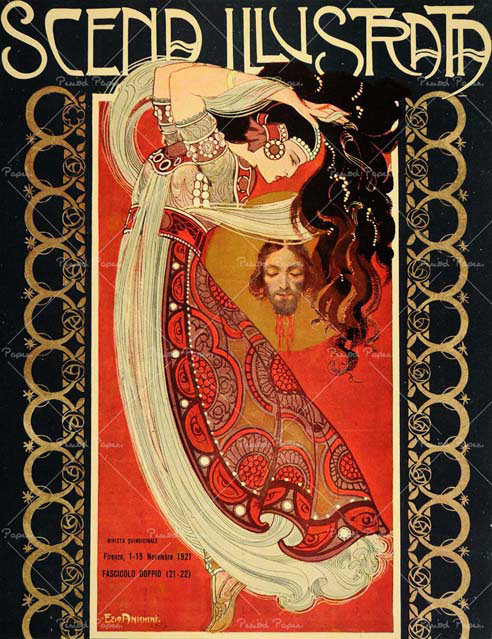
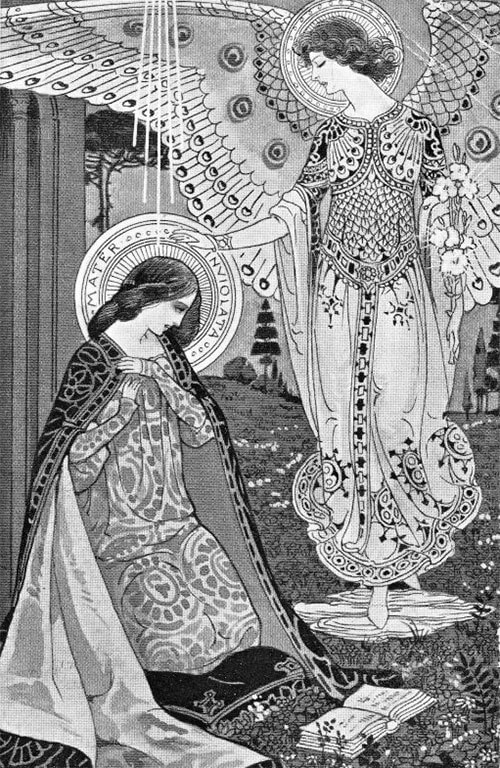
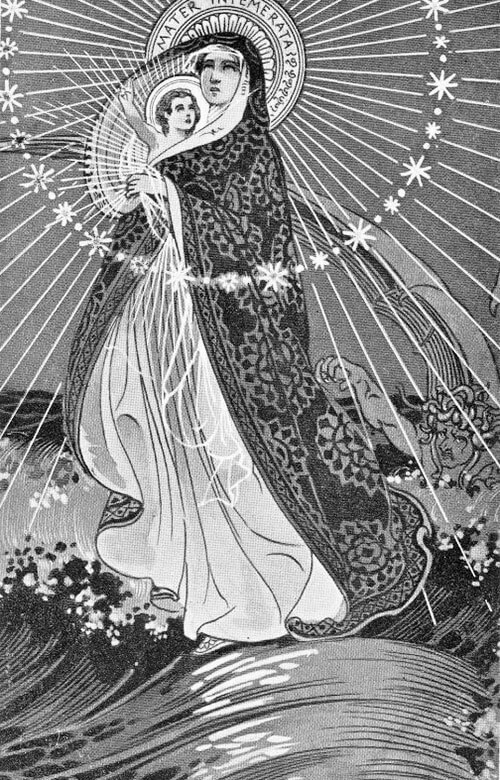
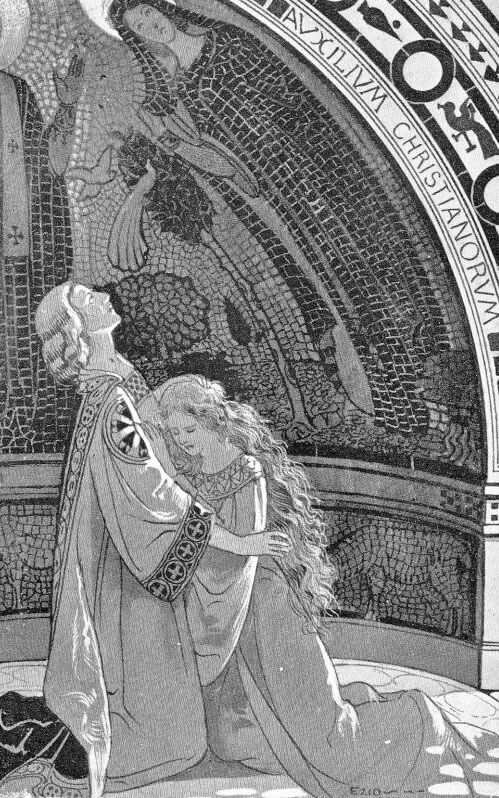
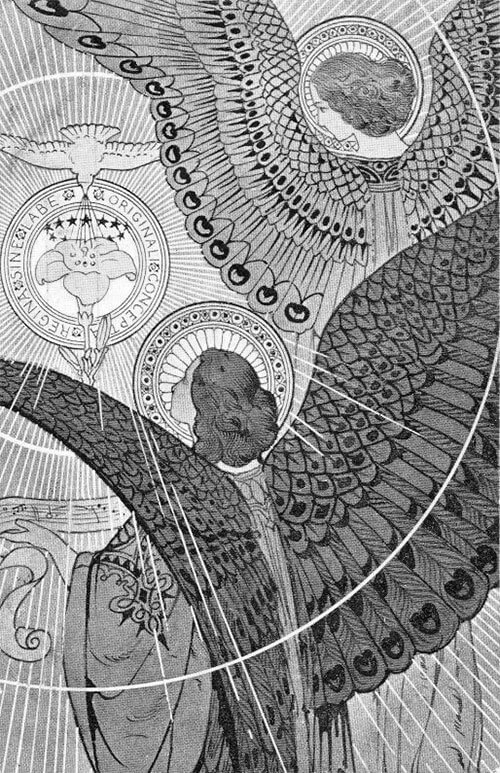
No comments:
Post a Comment